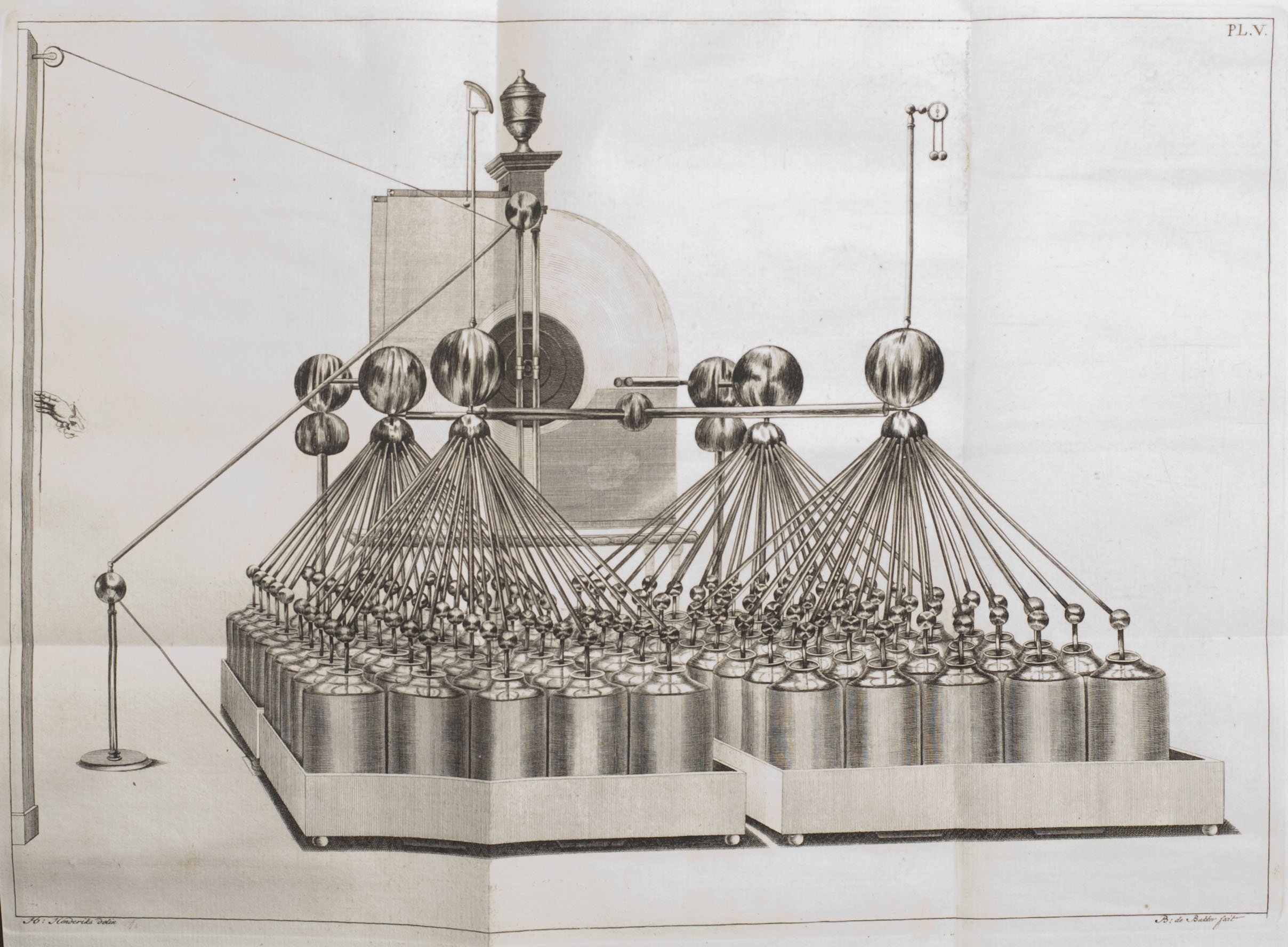
Electrical storage system resides at the Massachusetts Institute of Technology’s Vail Access Project
Today at 15:00 UTC we refresh our understanding of stabilized technical standards for electrical energy storage systems (ESS) for industrial and commercial applications. Adhering to these standards ensures ESS reliability, protects personnel, and supports the growing adoption of energy storage in industrial and commercial settings.
Ω NFPA 855 – Standard for the Installation of Stationary Energy Storage Systems: This U.S.-based standard provides comprehensive guidelines for ESS installations, focusing on safety for lithium-ion, flow, and other battery technologies. It covers system siting, fire protection, ventilation, and thermal management. NFPA 855 mandates minimum clearances from buildings and exposures, requires fire detection and suppression systems (e.g., sprinklers or gas-based systems), and specifies exhaust systems to manage off-gassing risks. It also addresses commissioning, maintenance, and decommissioning to prevent hazards like thermal runaway.
Ω NEC (NFPA 70) – National Electrical Code, Article 706: Article 706 of the NEC governs ESS electrical design, emphasizing safe integration with power systems. It requires proper grounding, overcurrent protection, and disconnecting means for battery systems. The standard specifies wiring methods, labeling for hazard awareness, and compatibility with grid interconnection. For commercial and industrial ESS, it mandates compliance with voltage and capacity limits, ensuring systems are designed to handle high-power demands safely. 2026 CMP-16 Public Input Report | 2026 CMP-16 Second Draft Report
Ω UL 9540 – Standard for Energy Storage Systems and Equipment: UL 9540 certifies the safety of ESS, including battery packs, inverters, and control systems. It requires systems to undergo rigorous testing for electrical safety, fire resistance, and thermal runaway prevention. For large-scale commercial installations, UL 9540A, a test method for evaluating thermal runaway fire propagation, is critical to ensure systems can contain or mitigate fire risks. Compliance is often required for local code approvals.
Ω IEEE 1547 – Standard for Interconnecting Distributed Resources with Electric Power Systems: For ESS connected to utility grids, IEEE 1547 specifies requirements for interconnection, including power quality, voltage regulation, and anti-islanding protection. It ensures ESS can safely operate in parallel with the grid, providing ancillary services like frequency regulation or peak shaving without compromising grid stability.
Ω Local Building and Fire Codes: Beyond national and international standards, local jurisdictions — such as college town sustainability initiatives — often enforce additional requirements. Apart from the primary goal of saving energy specific design and construction requirements may apply. These may include specific setback distances, fire-rated enclosures, or emergency response plans tailored to the facility’s size and location. City of Ann Arbor Construction & Building
Compliance with these standards involves collaboration among engineers, installers, and inspectors. Systems must be designed with robust BMS, cooling, and fire mitigation, constructed with high-quality materials, and regularly maintained to meet safety and performance expectations.
Use the login credentials at the upper right of our home page.
Related, but not covered today:
Utility scale (high voltage) owned and operated by merchant utilities.
Ω IEC 62619 – Secondary Cells and Batteries Containing Alkaline or Other Non-Acid Electrolytes: This international standard focuses on the safety of lithium-ion batteries used in industrial ESS. It outlines requirements for cell and module testing, including electrical, mechanical, and environmental stress tests to prevent failures like short circuits or fires. IEC 62619 also specifies battery management system (BMS) requirements to monitor voltage, temperature, and state-of-charge, ensuring operational stability.
Ω IEC 62485-2 – Safety Requirements for Secondary Batteries and Battery Installations: This standard applies to stationary battery systems, addressing electrical safety, installation practices, and maintenance. It emphasizes protection against electric shock, overcurrent, and short-circuit risks, requiring robust insulation and fault detection systems.







